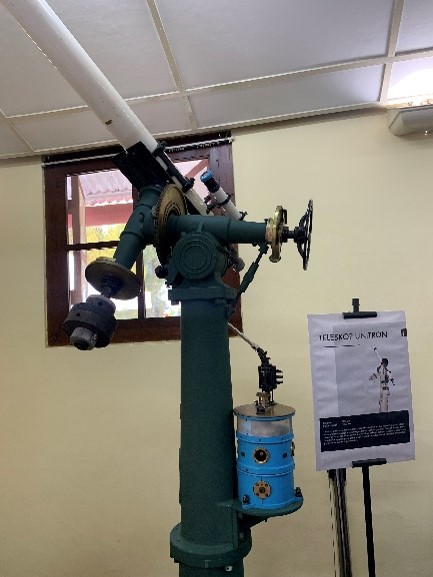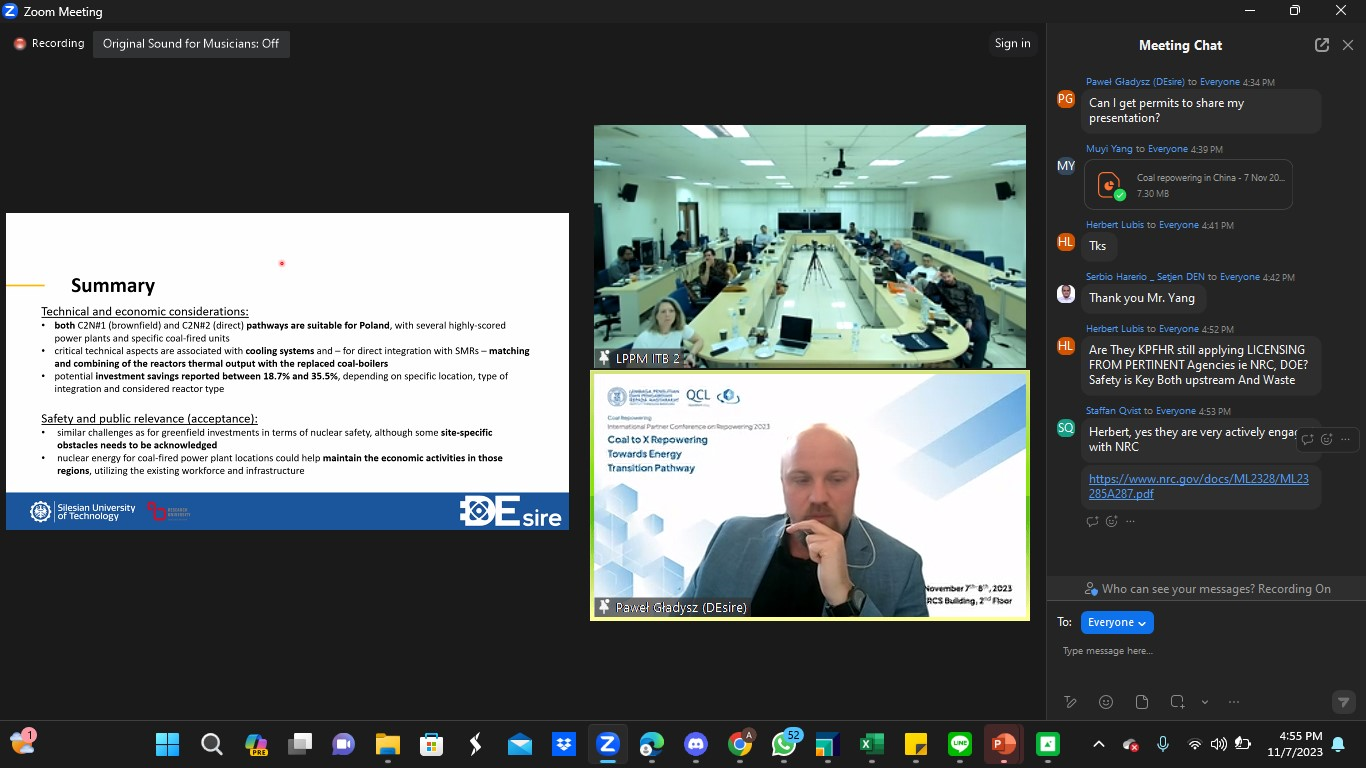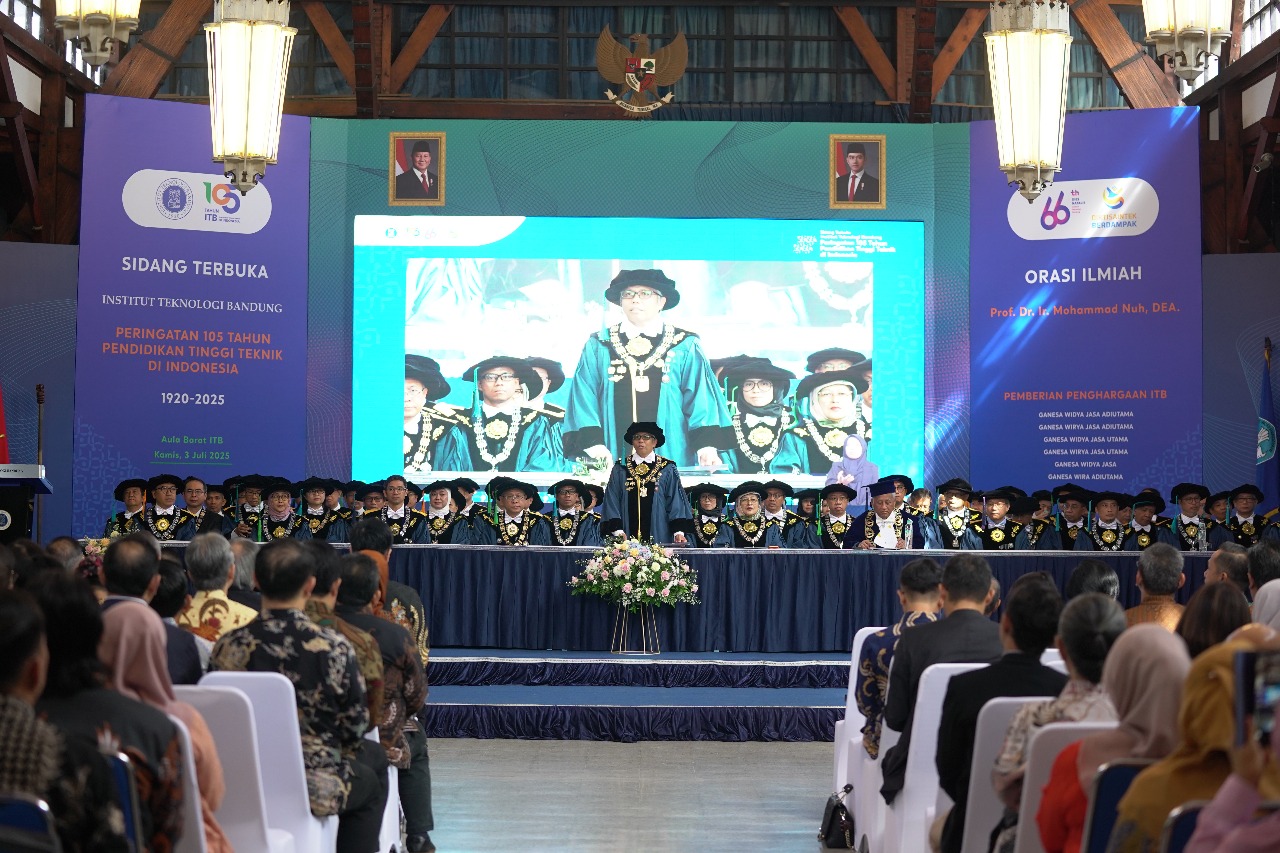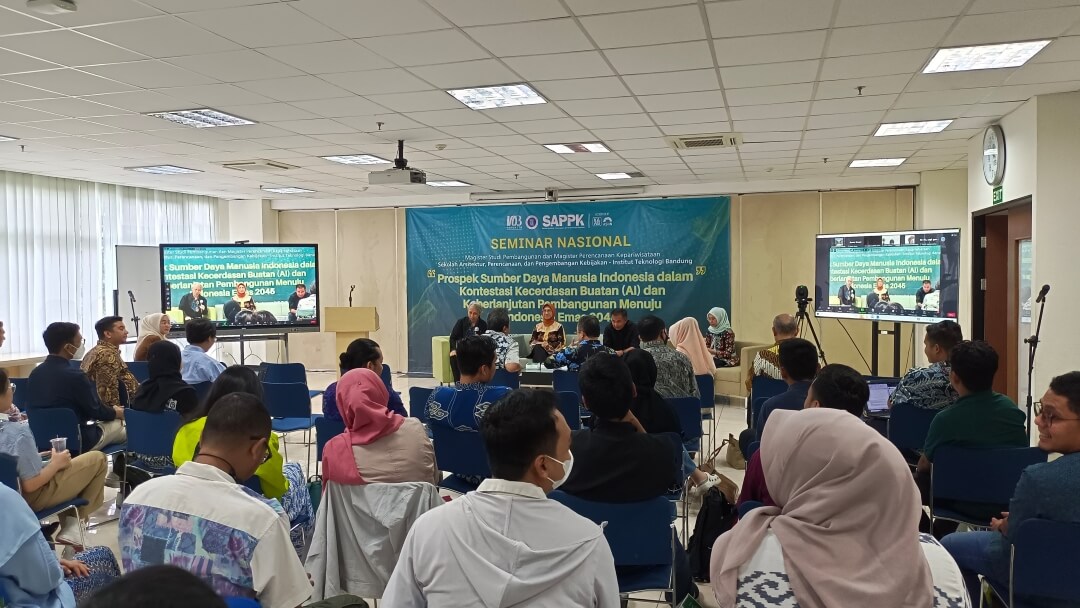Centennial Commemoration of Bosscha Observatory: Presenting the First Generation of Antique Telescope
By Adi Permana
Editor Adi Permana
LEMBANG, itb.ac.id- The centennial commemoration of Bosscha Observatory in Lembang was more than just a ceremonial occasion. Guests had the opportunity to directly appraise and attempt the telescope collection and relish the view of ancient measuring tools displayed in an exhibition. The exhibit included several buildings that preserved various information on specific topics, mainly on astronomy.

The Multimedia Exhibition was one of the many exhibits flaunting its antique collection of Bosscha Observatory measuring tools from the 1920s. The exhibition also demonstrated its photo collection of Bosscha Observatory’s leaders and activities since the 1920s. Visitors could also witness the revolution of Bosscha Observatory’s building for its every passing year.
One of the most iconic objects in the exhibition was the Unitron Telescope, Bosscha’s first-generation telescope. Unitron’s mechanism utilizes the gravitational force of a down-moving pendulum. The pendulum will activate a clock drive possessing an identical velocity with cosmological objects.
The Multimedia Exhibition also provided an ancient measuring tool named sextant. The sextant was used to measure the elevation angle of cosmological objects above the horizon. The name originated from its arc's expanse, which measures 60° or 1/6th of a circle. In the old days, the sextant was a personal possession not unlike a pen, which needed scrutiny to utilize. A little defect will deem the tool inaccurate.
Observing stars is an extraordinary endeavour, as the observed object can never be viewed with the naked eye. While our current technology can harness its lights digitally, the situation was different in the 1900s. Starlight was captured through photography plates, and the brightness was measured carefully through a microphotometer.
Aside from cosmological objects, time measurement is another crucial astronomical observation. Before the development of the atomic clock, astronomers used pendulum watches as time indicators. The watch denoted time based on the sun’s pseudo-motion (1 day rounded to 24 hours). The pendulum watch was also used as a research instrument to measure the world's longitude in 1926 and 1933.
Reporter: Pravito Septadenova Dwi Ananta
Translator: Firzana Aisya

.jpg)
.jpg)
.jpg)
.jpg)
.jpg)


